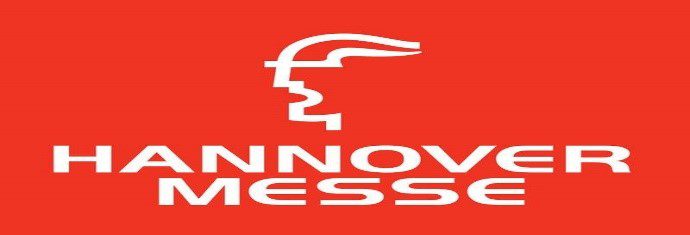The war for attention and what it means for Indonesia’s advertising. Early last year, Netflix claimed that the company’s biggest competitor was Fortnight.

You read that correctly. One of the world’s most popular over-the-top (OTT) media service providers said that its main rival was not HBO (it would be if this were 2013) or any other OTT media player.
Indonesia’s Advertising
I remember reading the article and couldn’t stop thinking about it for a while. I never thought about it this way, but it made sense.
For Netflix, the competition is not merely about putting out movies anymore. It’s about occupying consumers’ screen time with whatever they find worthy of attention. And in case you haven’t noticed, there are a lot of things to find on your screen these days, particularly on the phone. All of which are fighting to win your attention.
Indonesia’s Advertising
Is it really surprising though to see mobiles continuously gaining more prevalence when everywhere and every time you look, people’s eyes are stuck on their phones? However, I’m not inclined to discuss how engrossed people get with their screen. Rather, my interest gravitates toward what this war for attention means for the advertising industry, especially the out-of-home (OOH) media. This question becomes more relevant when even during their commute or when they’re walking down the street, people are still typing, scrolling and staring at the screen in the palm of their hand. Can OOH still win their attention?
Advertising in today’s era is a challenge. Sure marketers nowadays have more options to execute their campaign strategies, but the more platforms become available, the more saturated the advertising market becomes.
Indonesia’s Advertising
Nowadays, so many advertisements are going on at the same time. On the same road, there are probably at least a dozen billboards with ads from a dozen different brands. Everybody seems to be fighting one another to get their brand message across, all vying for the consumers’ already short attention span.
The problem is, just like Netflix no longer only being in competition with HBO but rather Fortnight, one billboard is also not just fighting with another one across from it. On a daily basis, consumers are exposed to a bunch of options on what they can pay their attention to and how they spend their time. They exchange messages online, listen to music, watch videos and movies, browse through social media, play online games, watch other people play online games and much more.
All of those options mean that advertisements are also competing with millions of other types of content out there in a variety of categories. The boundaries are getting thin and almost irrelevant because the game isn’t simply ad versus ad anymore. Advertisers’ competitors aren’t just the players in the industry, it’s everything in the market whose ultimate goal is the consumers’ attention. In the case of OOH media, though, the competitor seems to be the smartphone and all the entertainment sources it conveys.
Indonesia’s Advertising
However, it doesn’t mean that OOH media is not worth exploring. Despite the bad rep that OOH receives due to the rise of digital media, OOH is still very much effective in gaining traction. It’s not obsolete or irrelevant at all. In fact, data also shows that one-third of the top OOH media advertisers are major tech companies, which is rather baffling considering they should be the ones that are more digital-minded.
One of the great OOH examples is Gojek’s billboard in Kuningan, South Jakarta, that went viral a while ago. On the billboard, Gojek had leveraged the traffic jam by producing long-form copy that could only be read if one was stuck in traffic. It suggested to the readers that if they were still reading the copy, they should just Gojek it the next time instead of getting stuck in traffic. Another one worth mentioning comes from Nu Green Tea during the Ramadan season in 2018, which put up a billboard displaying a badly hand-drawn ad design with copy apologizing for the bad billboard because the designer had gone home for the holiday.
Indonesia’s Advertising
Gojek’s billboard clearly violated the norms of advertising with long copy and tiny fonts, something that advertisers are cautious about, but it worked exactly because no one had done it before. On the other hand, Nu Green Tea had humorously taken advantage of a relatable situation (human resource shortages during Ramadan) and cleverly crafted an ad that aligned with the said situation.
In an era where attention is the commodity, OOH media remains advertisers’ leverage in approaching the consumers. But now more than ever, it needs to stand out. So much so that it makes people look away from their screen and give you their undivided attention. The war for attention and what it means for Indonesia’s advertising (*Titie Andelina, Business Development Lead At Ubiklan, kes, The Jakarta Post) * Titie Andelina is the business development lead at Ubiklan, a tech-based advertising company that has played a major role in reinventing car-branding. When not in the office, she pursues her interest in reading and pasta-making.






 Mercedes-Benz Buatan Jerman, Apa Kiprahnya pada Museum Nasional?
Mercedes-Benz Buatan Jerman, Apa Kiprahnya pada Museum Nasional? 